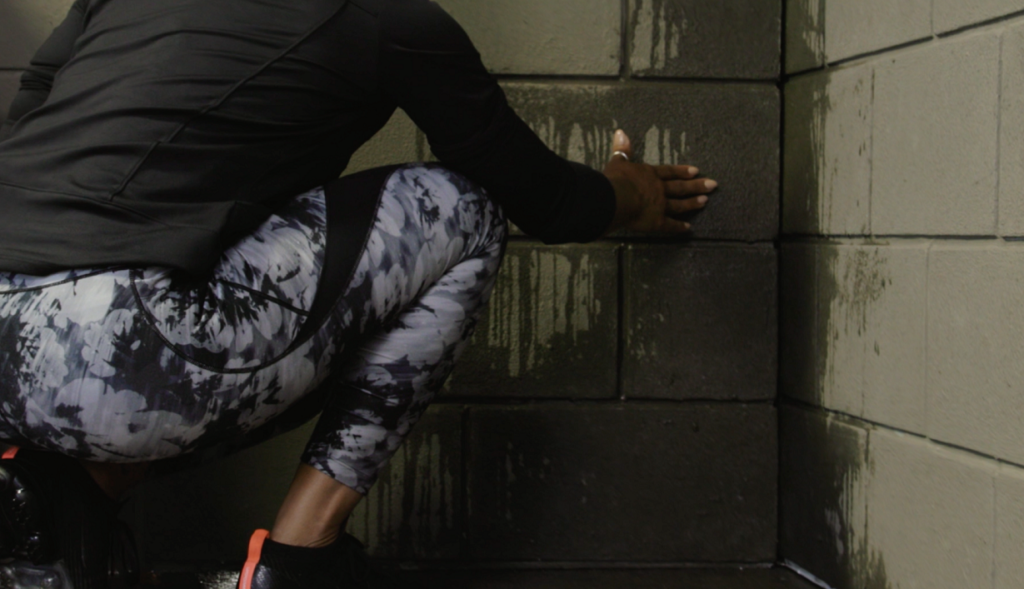Water always seeks the path – or paths – of least resistance. And gets into your home through cracks in walls and over and under the footer.
- Through Floor Cracks
- From Under the Footer
- From Bleeding and Sweating Walls or Window Sills
- Over the Footer
Five Ways Water Enters Your Home
Through Floor Cracks: Excess water in the soil under your basement floor can sometimes create pressure, causing the water to find its way through cracks and onto your basement floor.
From Under the Footer: Common construction methods may leave a small space between the footer and the poured basement floor. Excess water under the structure may create pressure and cause water to find its way through those small cracks and into your basement.
From Bleeding and Sweating Walls or Window Sills: Constant excess moisture will often cause block walls to “sweat,” causing water to pool inside. Window wells may hold excess moisture and allow it to seep into your basement.
Through Cracks in Walls and Mortar Joints: Excess moisture in the soil creates “hydrostatic pressure” that can cause cracks that allow water to seep into your living space. If you have block walls, the water seeping in may not be visible until it builds up inside the blocks, causing deposits, mildew and other problems as well as water seeping out of the bottom of the wall.
Over the Footer: Water seeps in through the crack between the footer and wall sitting on it, often causing damage to the inside of your home or making the basement space unusable for storage or recreation.
These problems worsen if left unaddressed. A thorough and proper water intrusion management solution addressing the issues is the surest way of permanently stopping water leakage problems.
Once water has found a way into your basement, it is important to address several key areas in fixing the problems.
Once Water Gets In, It Can Cause Even More Problems
- Loss of valuable living space
- Settlement and structural foundation damage
- Structural foundation damage as a result of hydrostatic pressure
- Dangerous loss of foundation stability
- Bowing, cracking or compression of basement walls
- Mold and allergies
- Poor indoor air quality
- Electrical dangers
- Damage to furnace and appliances

